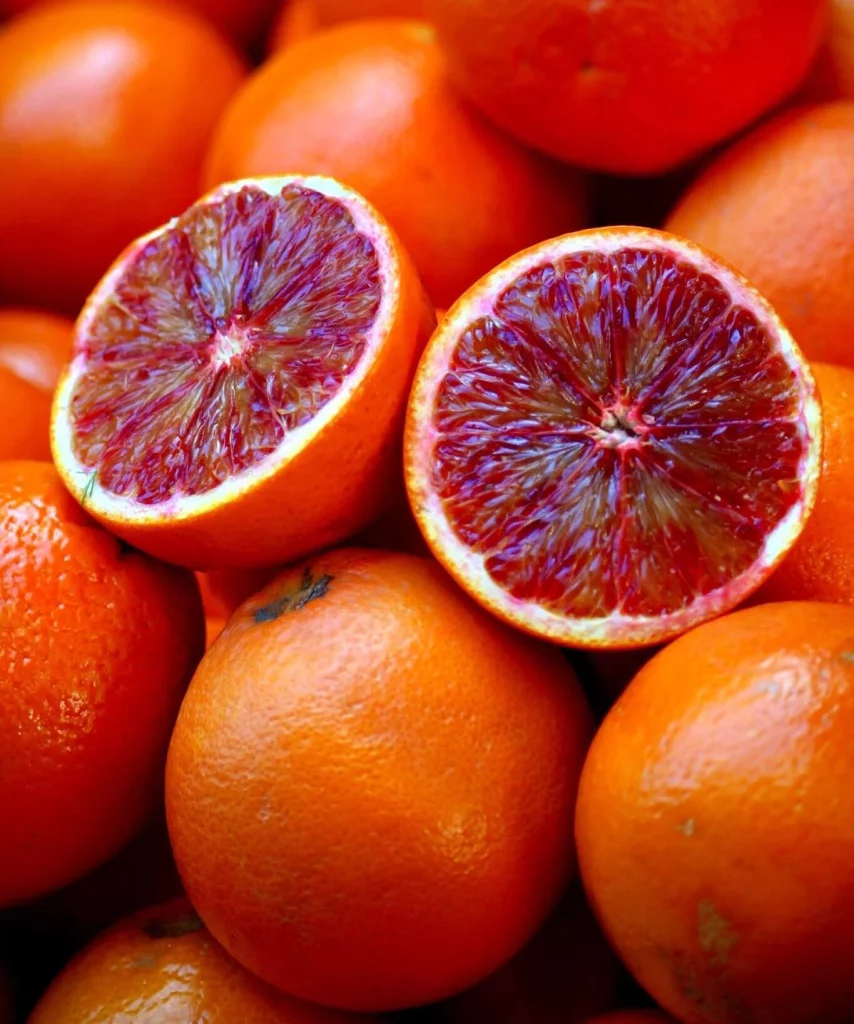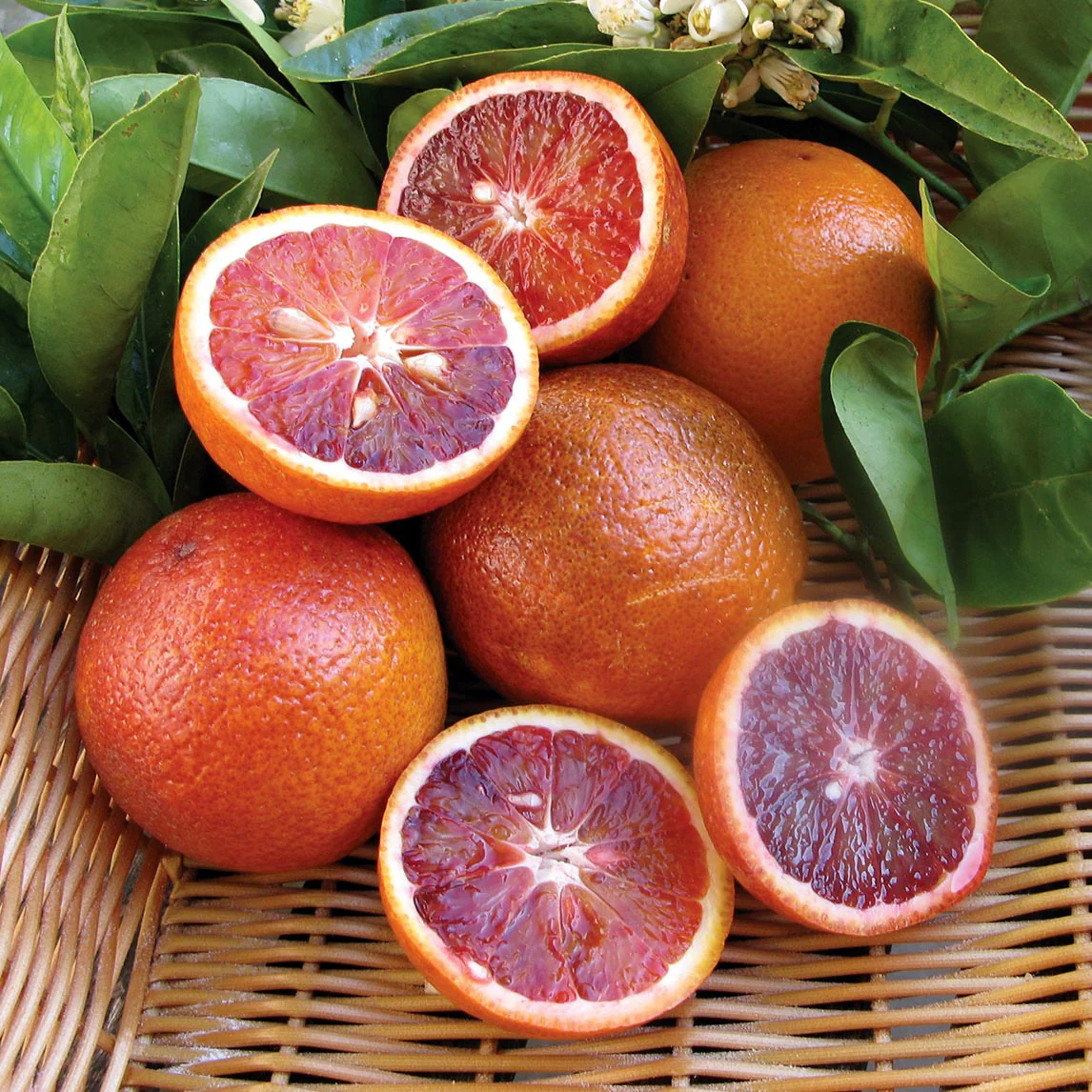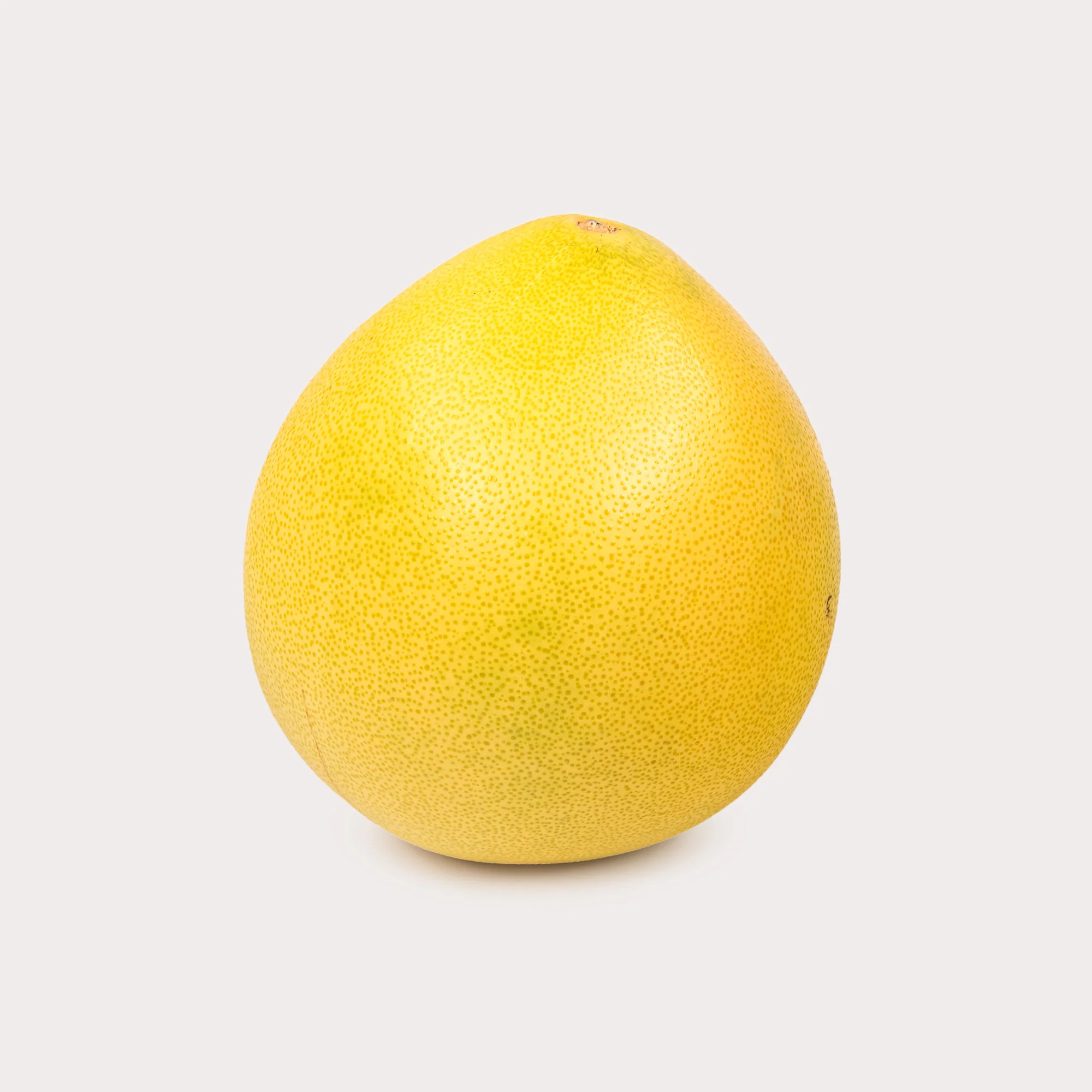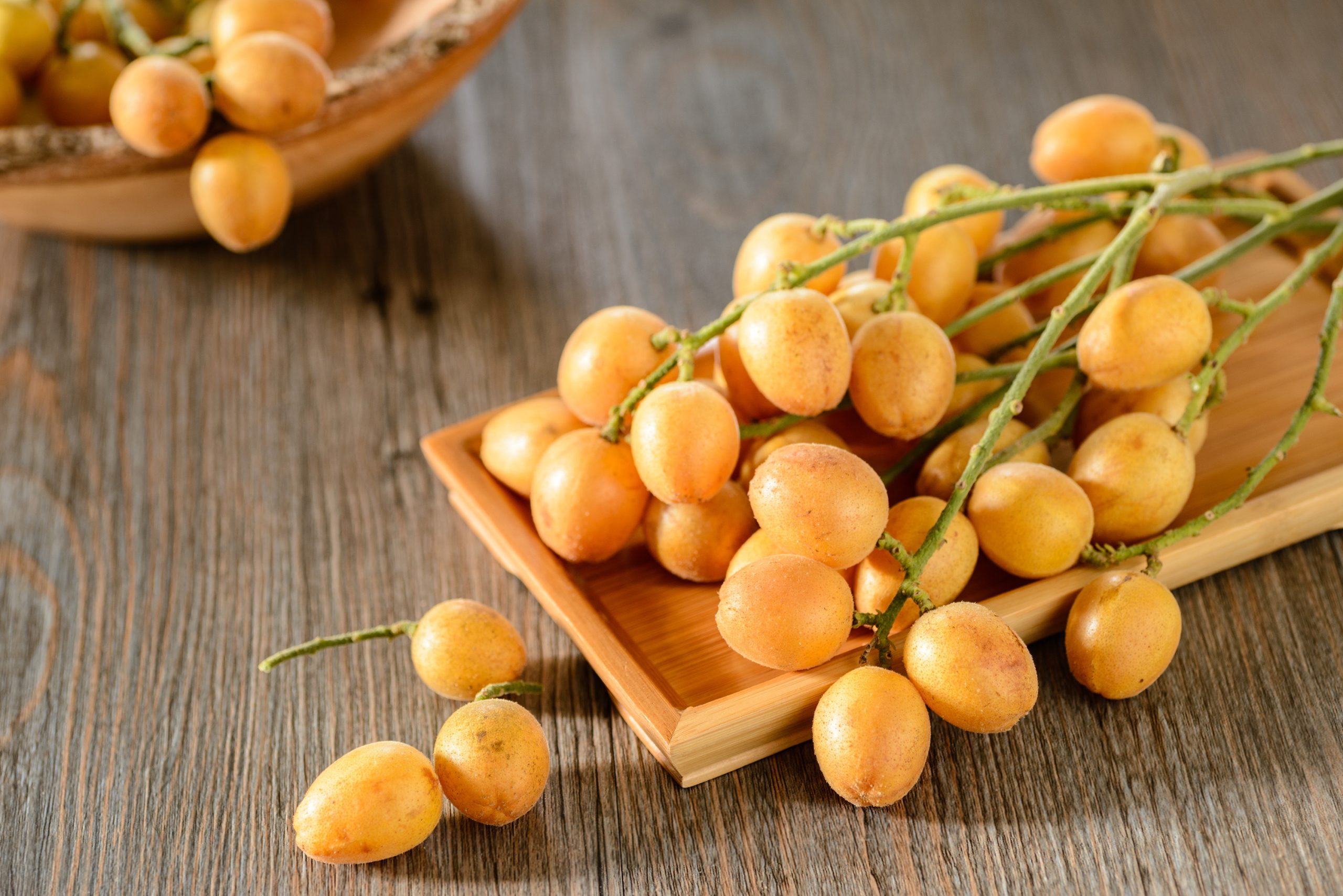Blood Orange (Citrus sinensis variety): Fruit Characteristics, Main Varieties, Nutrition, and Distribution
The blood orange (scientific name: Citrus sinensis) is a variety of sweet orange known for its distinctive red flesh and juice due to high levels of anthocyanins—rare among other citrus fruits.
Fruit Characteristics
Blood oranges are typically round or oval-shaped hesperidia, similar in size to regular oranges (7-10 cm in diameter). Their smooth skins are orange with occasional red or purplish streaks or blotches that become more pronounced in colder conditions. Inside, the flesh can be deep red or reddish-orange with rich juice content; they have a sweet taste complemented by a berry-like aroma and generally lower acidity than regular oranges. Seeds may vary from few to many.
Main Varieties
Three main types of blood oranges are widely cultivated:
- Tarocco Blood Orange: Originating from Italy; round fruit with orange skin spotted red; deep orange-to-red flesh; rich flavor; high sweetness; moderate acidity; fragrant aroma; almost seedless.
- Moro Blood Orange: Another Italian variety; oval-shaped; deepest red-to-purplish-black skin and flesh; rich flavor; higher acidity; distinct raspberry or blackberry taste.
- Sanguinello Blood Orange: Common in Spain and Mediterranean areas; round-to-oval fruit; orange skin tinged red; streaked-red flesh; sweet taste with slight bitterness; few seeds.
Nutritional Value and Potential Benefits
Blood oranges are nutrient-rich. Besides common vitamins such as C and A, potassium, and dietary fiber, they boast significant anthocyanins, linked to reduced chronic disease risks and better heart health.
Eating blood oranges may boost immunity, aid digestion, protect cardiovascular health, and offer potent antioxidant benefits thanks to their unique anthocyanin content.
Distribution and Cultivation
Primarily grown in mild-winter Mediterranean regions like Italy and Spain, and California, USA (cold nights enhance their pigmentation), these trees prefer warm, sunny climates and well-drained soils. They are mainly propagated by grafting and are valued for fresh consumption and juices alike, due to their unique color and flavor.




